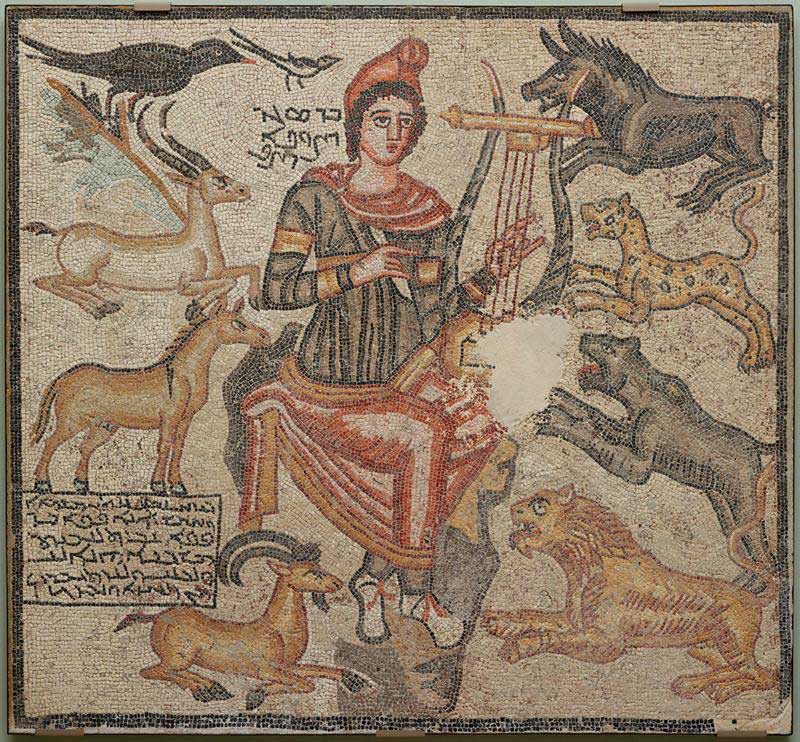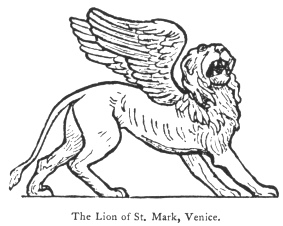
Overture and Ritornello from “Orfeo”
The famous opening fanfare and ritornello that sets the stage for Monteverdi’s first opera.

The famous opening fanfare and ritornello that sets the stage for Monteverdi’s first opera.

Giovanni Gabrieli (circa 1553–1612) was born into a musical family in late Renaissance Venice. He succeeded his uncle, Andreas Gabrieli, as principal composer at the great Basilica of San Marco.
Continuing a musical tradition long-established in Venice, one of his major responsibilities was to compose grand music for civic and religious processions. Two major collections of Gabrieli’s work survive – the Sacrae Sinfoniae, composed in 1597, and Canzoni e Sonate, published in 1615 after his death.
His music featured contrasting choirs of instruments, with sweeping chords, brilliant counterpoint, and bold rhythms. While these works are now most often played on trumpets and trombones, his notations indicate that other wind and string instrumental combinations were possible, and so we have adapted them to our own instrumental forces.
The Canzona in Echo features contrasting brass choirs, which echo the main musical motifs. The short Sonata XIII, with a spritely dance movement in the middle, is here performed by two string choirs. The concluding Sonata XX, with its 22 separate parts and five choirs (2 brass, 2 string, 1 woodwind), is a study in solemn sonority.

Claudio Monteverdi (1567-1643) lived and worked in Italy during the transition from the Renaissance to the Baroque era in music. During his long life he became one of the most influential and even revolutionary musicians of his time, especially in the fields of operatic and vocal music.
He composed numerous madrigals, which were published in “books.” His Eighth Book of Madrigals was published in 1638 and contains many of his best-known works.
The madrigal “Hor che ‘l ciel” is one of his most beautiful. The text, taken from a sonnet by the 14th-century poet Petrarch, describes a lover, sleeping in the middle of the night, who wakes up tormented by his unrequited love. Masterfully complementing the text, Monteverdi evokes the full gamut of emotions in his music – the stillness of night, pain, war, anger, grief, and (finally) resignation.